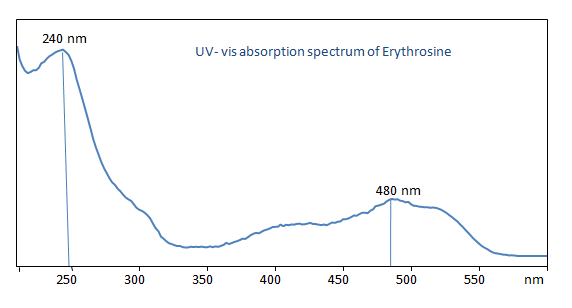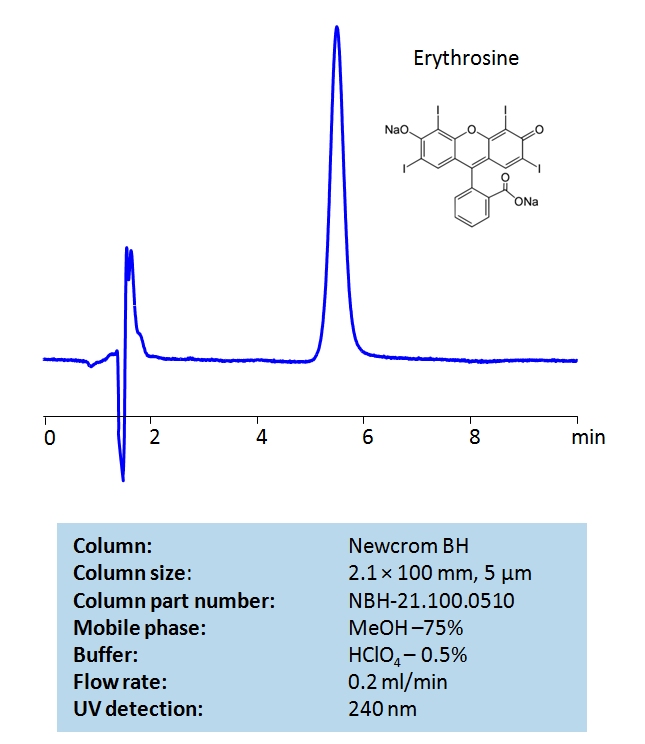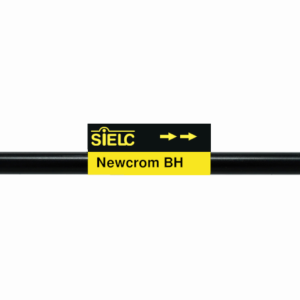| Molecular Formula | C20H6I4Na2O5 |
|---|---|
| Molecular Weight | 879.9 |
| InChI Key | RAGZEDHHTPQLAI-UHFFFAOYSA-L |
| Synonyms |
|
Applications:
HPLC Method For Analysis of Erythrosine on Newcrom BH Column
September 13, 2021
HPLC Method for Erythrosine on Newcrom BH by SIELC Technologies
High Performance Liquid Chromatography (HPLC) Method for Analysis of Erythrosine
Erythrosine (also known as Red #3) is a fluorescent red acid dye used for food coloring, pharmaceutical dye, in printing inks, as a biological stain, and as a dental plaque disclosing agent. It is banned in the european union for health risks. It has the chemical formula C20H6I4Na2O5.
Erythrosine can be retained on HPLC mixed-mode Newcrom BH column using a mobile phase consisting of methanol (MeOH) and water with perchloric acid (HClO4) buffer. The analysis method can be UV detected at 240 or 498 nm.
| Column | Newcrom BH, 2.1 x 100 mm, 5 µm, 100 A, dual ended |
| Mobile Phase | MeOH/H2O – 75/25% |
| Buffer | HClO4 – 0.5% |
| Flow Rate | 0.2 ml/min |
| Detection | UV 240, 480 nm |
| Class of Compounds | Acid, Dyes |
| Analyzing Compounds | Erythrosine |
Application Column
Newcrom BH
Column Diameter: 2.1 mm
Column Length: 100 mm
Particle Size: 5 µm
Pore Size: 100 A
Column options: dual ended





